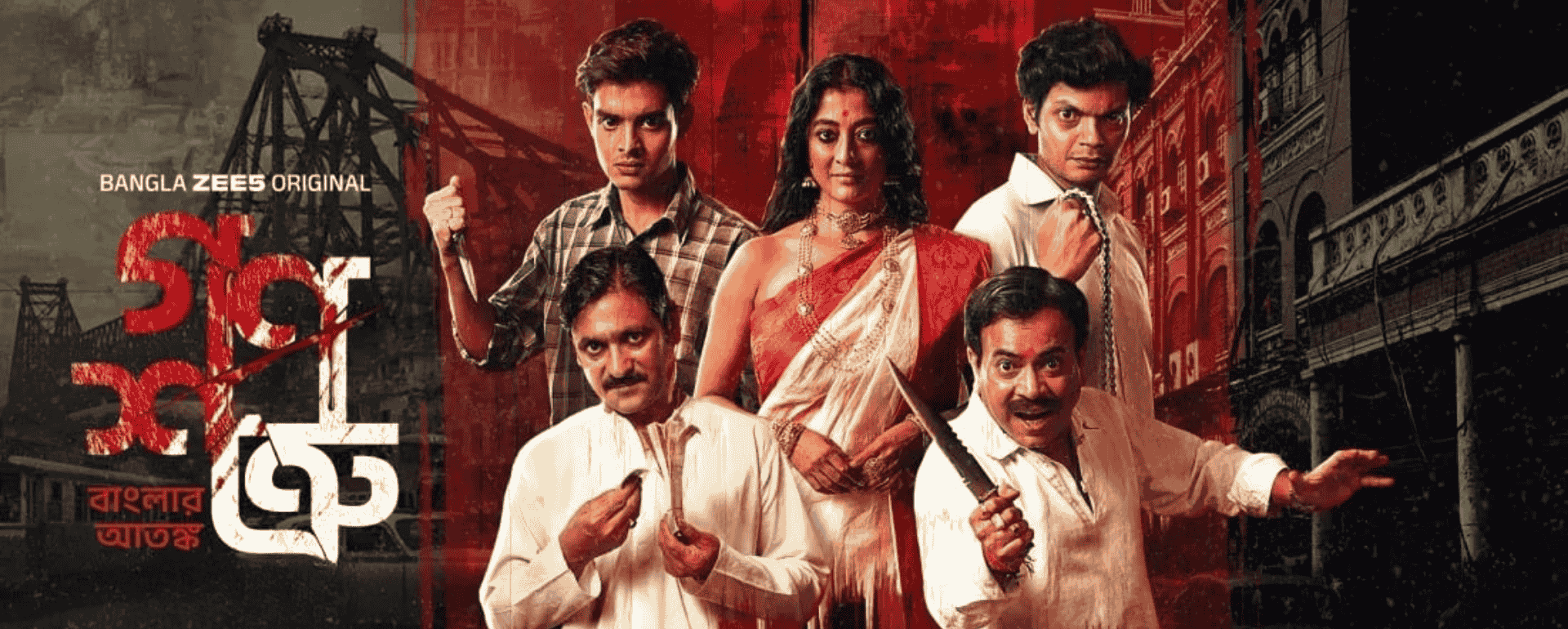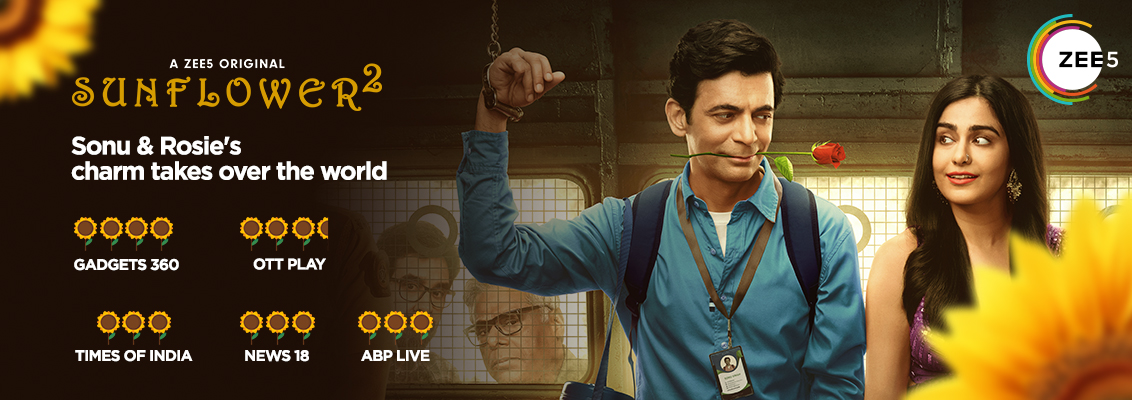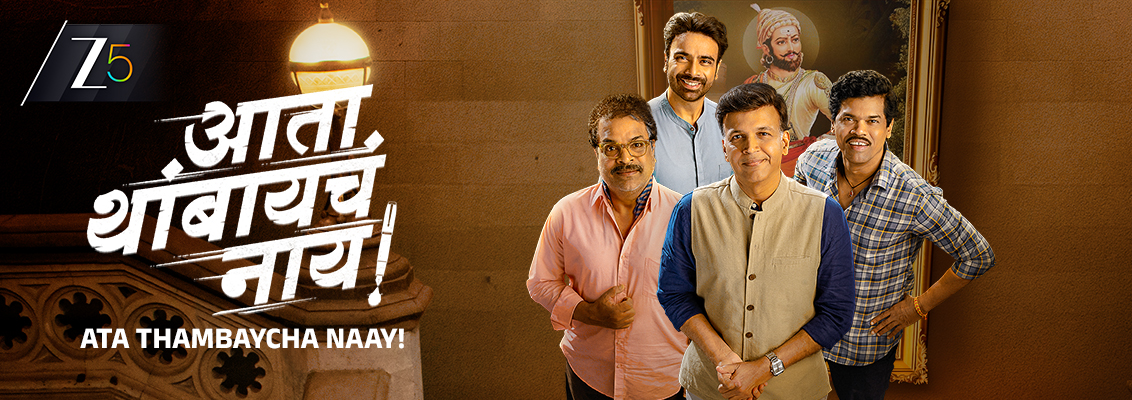The Ganoshotru web series is officially set to premiere on 31 October 2025, and we’re ready to open a new chapter for Bengali true-crime storytelling. Built as a docu-drama anthology, Ganoshotru examines five notorious figures from West Bengal through carefully reconstructed scenes, archival inputs, and grounded, journalistic narration. The tone is unsensational by design: every beat is driven by verifiable detail, due process, and context.
If you’re mapping your festive watch plan, bookmark it now and—if you like to browse thematically—dip into our broader Thriller web series collection for a parallel mood line. Then return to the documentary web series lineup to keep the lens on Ganoshotru alone.
Why a Docu-Drama Anthology for Bengali Crime?
The Ganoshotru web series chooses the docu-drama route because it keeps the record straight. Interviews and reporting provide the facts; dramatised sequences help you read behaviour, power dynamics, and motive without diluting nuance. Each chapter is self-contained, so you can sample in any order, yet the Bengali web series forms a single conversation about how fear is manufactured and how institutions respond. In a landscape crowded with shock cuts, Ganoshotru opts for method over sensationalism.
The Five Figures at the Core
Season 1 focuses on five names that have cast long shadows in the state’s crime memory: Sajal Barui, Kamruzzaman Sarkar, Rashid Khan, Troilokya Devi, and Hubba Shyamal. Their timelines and geographies differ widely—ranging from colonial-era notoriety to late-20th-century crime—but together they sketch a map of method, opportunity, and consequence. Ganoshotru treats each subject as a case study: what allowed the trajectory to unfold, who got hurt, and what changed after the arrests.
The Directors’ Room
Ganoshotru combines a director team—Shamik Roy Chowdhury, Abhirup Ghosh, Modhura Palit, Sayan Dasgupta, and Srimanta Sengupta. Each chapter gets to carry its own unique visual style. All chapters keep to one shared editorial backbone. That structure matters. A 19th-century reconstruction demands a different camera and sound logic than a turn-of-the-century gangland chapter; the series solves that with unit-specific staging and a shared research protocol. The outcome is variety without drift.
Casting That Prioritises Fit Over Flash
The casting list mirrors the research-forward approach. Paoli Dam interprets Troilokya Devi with a cool eye for period detail—gesture economy, costume logic, status play. Rudranil Ghosh steps into Hubba Shyamal, charting swagger against street-level codes. Subrat Dutta is Rashid Khan, a study in controlled menace. Ayush Das takes on Sajal Barui, while Debopriyo Mukherjee portrays Kamruzzaman Sarkar. The brief to every actor was unambiguous: avoid imitation; build behavioural truth that sits comfortably next to documentary material.
Language, Rating, and Access
The Ganoshotru web series is in Bengali. That choice isn’t decorative; language is investigative texture—how a threat is phrased, how a witness hedges, what silence sounds like in a specific locality. The crime web series is classified U/A 16+ for thematic intensity. Wherever subtitles are offered, they are aligned to the research script, not loosely paraphrased; the aim is to keep terminology and legal phrasing intact.
How the Chapters Are Built
Every episode of this thriller web series follows a repeatable, reader-friendly architecture. A quiet prologue fixes place and time. Investigators and reporters establish the factual spine. Dramatised scenes enter only when they add clarity—sequence of events, modus operandi, or victim perspective. The score avoids “horror cues”; the cut prefers chronology over effect. You will notice that interviews get time to breathe; that is intentional. The Ganoshotru mini series is designed for comprehension first, adrenaline second.
Ethics: The Red Lines We Won’t Cross
True-crime can slide into glorification if you’re not vigilant. Our guardrails are explicit: no stylisation that fetishises violence; no “killer’s-eye” spectacle; victim and family privacy respected wherever requested; and police/procedural details vetted to avoid broadcasting sensitive know-how. When uncertainties exist in the public record, the series labels them as such. When the courts deliver a finding, that finding is placed in frame.
What Early Viewers Should Look For
Two things. First, continuity of research—case files, press clippings, and on-record statements are woven into the voiceover, not just flashed as a collage. Second, performance restraint—actors rely on rhythms, micro-pauses, and gaze to cue intent, keeping the distance between documentary and dramatisation small. The Ganoshotru documentary series invites you to observe, not merely react.
The Promise We’re Making With This Launch
This announcement isn’t a trumpet blast; it’s a contract. If you spend time with Ganoshotru, you will get verifiable timelines, carefully staged reconstructions, and storytelling that respects grief. For Bengali audiences who know these names from headlines and hearsay, the series offers a clean, chapter-wise reference. For crime-story enthusiasts anywhere, it proposes a standard: truth first, drama next. That is how we intend to keep telling it.
Bio of Author: Gayatri Tiwari is an experienced digital strategist and entertainment writer, bringing 20+ years of content expertise to one of India’s largest OTT platforms. She blends industry insight with a passion for cinema to deliver engaging, trustworthy perspectives on movies, TV shows and web series.




